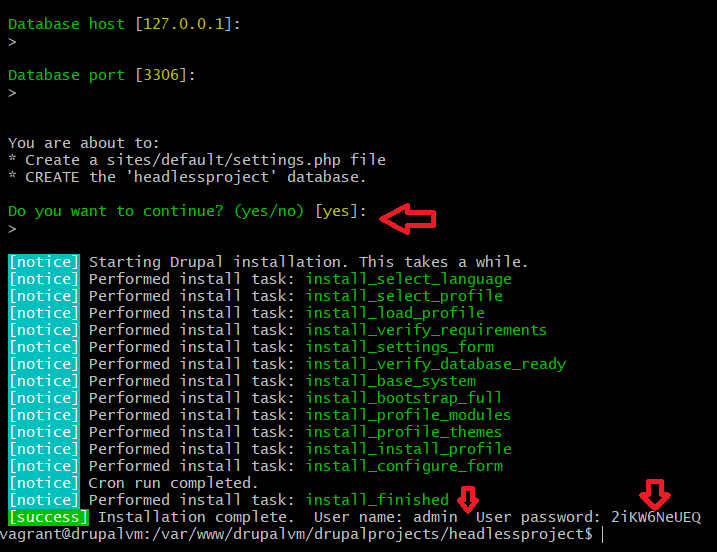

That last point is particularly important, as it’s something WordPress can sometimes struggle with. If you’re willing to take the time to learn the ropes, Drupal will provide you with a lot of neat options, such as advanced user permissions, more content types, and the ability to handle massive sites with thousands of pages. In return for this greater time investment, Drupal offers a lot of features and functionality that more than make up for the initial challenge. Rather, it can be difficult to start using, as there’s a fairly steep learning curve, especially if you’re more familiar with the straightforward interface of WordPress. Due to this fact, there’s a common misconception that Drupal is difficult to use, which is largely not true. What Makes Drupal DifferentĪs we’ve already mentioned, Drupal stands out from its main competitors by being a more advanced and developer-focused CMS. Among the sites that run on Drupal, you’ll find plenty of universities, governments, museums, and environmental organizations (among others).

This has resulted in Drupal being used by many larger and more advanced sites, where security, speed, and stability are the main concerns.

While solutions like WordPress and Joomla! focus on being easy-to-use and beginner-friendly, Drupal is a CMS made by developers for developers. It currently runs nearly 2 percent of all websites, making it the third most commonly-used CMS.ĭrupal sets itself apart from its main competitors, as it’s a more flexible and developer-focused platform. However, the following year it evolved into an open-source project and has since grown to become one of the most powerful and popular CMS platforms on the web. It started in 2000 - several years before WordPress and Joomla! were a twinkle in their respective creators’ eyes.Īt the time, Drupal was meant as a humble message board, enabling a few students to communicate with each other. It may surprise you to learn that when it comes to CMS options, Drupal is one of the longest-running platforms.


 0 kommentar(er)
0 kommentar(er)
